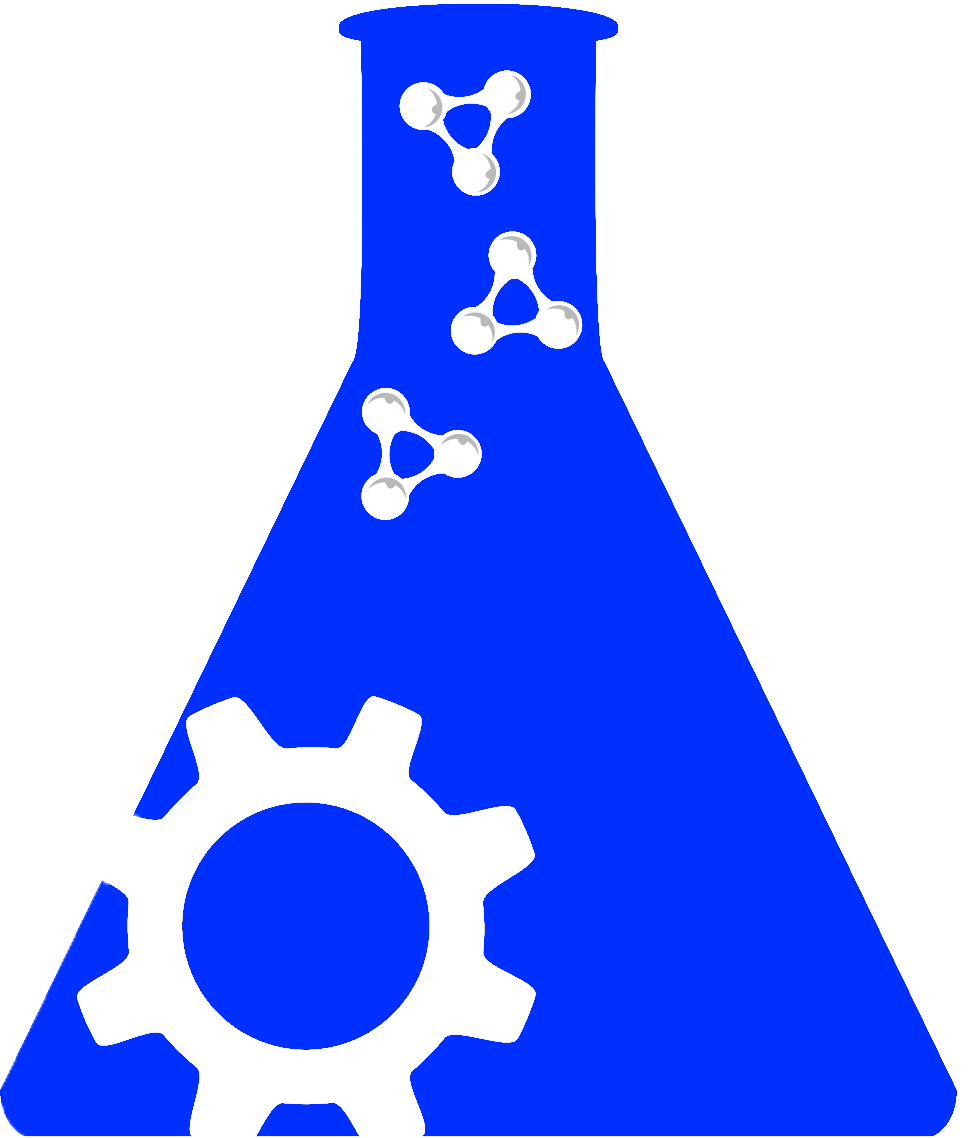Searching across hundreds of databases

Are you sure you want to leave this community? Leaving the community will revoke any permissions you have been granted in this community.
Proper Citation: Computer Integrated Systems for Microscopy and Manipulation (RRID:SCR_001413)
Description: Biomedical technology research center that develops force technologies applicable over a wide range of biological settings, from the single molecule to the tissue, with integrated systems that orchestrate facile instrument control, multimodal imaging, and analysis through visualization and modeling. The Force Microscope Technologies Core designs instruments in an area of science where there are unusual opportunities: the measurement of forces and the integration with optical microscopy. Force technologies play the obvious role of both measuring events in the sample and modifying the sample during the experiment. It is through the microscope that the force data is correlated with simultaneous 3D optical images. The force technology development includes the magnetic bead technology in the 3D Force Microscope project, Atomic Force Microscopy in the nanoManipulator project, and Control Software to drive the instrumentation. This core is focused on providing the physical capability to perform the experiments and probe structure/property correlations. The Ideal User Interfaces core makes the connection between the user and the instrument, the model building, and the data. This includes control systems that allow the user to move the bead inside the cell culture with a handheld pen and the visualization techniques to view the optical microscope data as a rendered 3D image collocated with the force data. Using data to create, change, and understand a model is the focus of the Advanced Model Fitting and Analysis core. The quantitative reduction of images to structural, shape, and velocity parameters is the goal of Image Analysis. The immediate understanding of correlations across image fields and between data sets in the challenge of Visualization. The power of combining the strength of a computer science graphics group with a microscopy technology group is most evident in the Graphics Hardware Acceleration project, which seeks to harness the speed of graphics processors for microscope data analysis and simulation. The Advanced Technology core pushes the boundaries of the Human Computer Interface through the investigation of improved techniques for the interaction of users with virtual environments, the real time lighting of virtual settings, and the enabling of multi-person collaboration. These techniques are validated and evaluated through physiological measures in virtual environments effectiveness evaluation studies.
Abbreviations: CISMM
Synonyms: UNC Chapel Hill Computer Integrated Systems for Microscopy and Manipulation
Resource Type: training resource
Keywords: microscope, visual analytics, image analysis, biomedical, bioinstrumatics, scanning electron microscope, light microscope, microscopy
Expand Allhas parent organization |
University of North Carolina at Chapel Hill; North Carolina; USA |
We found {{ ctrl2.mentions.total_count }} mentions in open access literature.
We have not found any literature mentions for this resource.
We are searching literature mentions for this resource.
Most recent articles:
{{ mention._source.dc.creators[0].familyName }} {{ mention._source.dc.creators[0].initials }}, et al. ({{ mention._source.dc.publicationYear }}) {{ mention._source.dc.title }} {{ mention._source.dc.publishers[0].name }}, {{ mention._source.dc.publishers[0].volume }}({{ mention._source.dc.publishers[0].issue }}), {{ mention._source.dc.publishers[0].pagination }}. (PMID:{{ mention._id.replace('PMID:', '') }})
A list of researchers who have used the resource and an author search tool

A list of researchers who have used the resource and an author search tool. This is available for resources that have literature mentions.
No rating or validation information has been found for Computer Integrated Systems for Microscopy and Manipulation.
No alerts have been found for Computer Integrated Systems for Microscopy and Manipulation.
Source: SciCrunch Registry